
Learn how GraphQL enums can help you build more robust and discoverable APIs, create simple interfaces, maintain slim resolvers, and more.
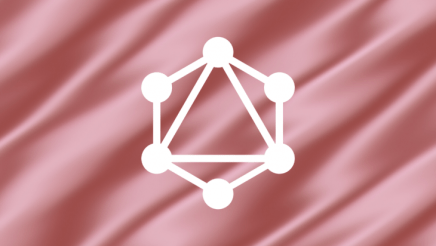
Learn how to use Dgraph with GraphQL to create a CRUD that generates scaffolding methods for each one of the queries and mutations.
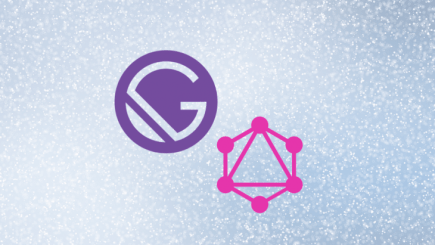
We’ll be looking at how Gatsby uses GraphQL to pull in data at build time and also its implications on performance.
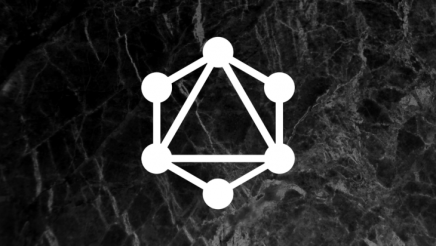
Learn how GraphQL mesh can benefit frontend developers and end users alike with its capabilities to integrate data of all kinds of different formats.
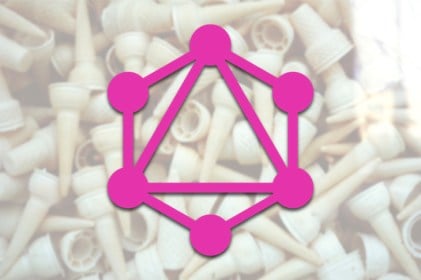
One of the biggest hidden benefits of GraphQL is its human-friendliness.
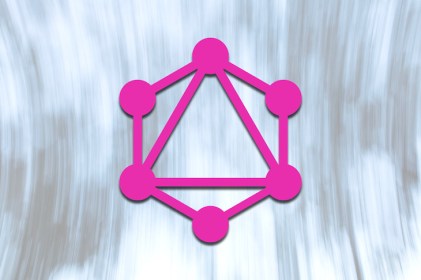
When building out a new GraphQL schema, be on the lookout for these common anti-patterns.
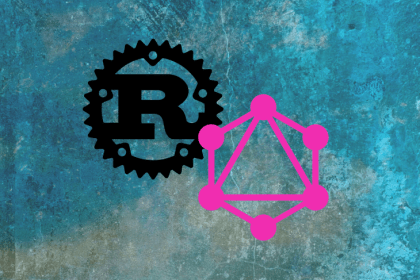
Rust is a great option for building reliable and performant web backends in general, and its powerful macro support makes working with GraphQL an absolute pleasure.
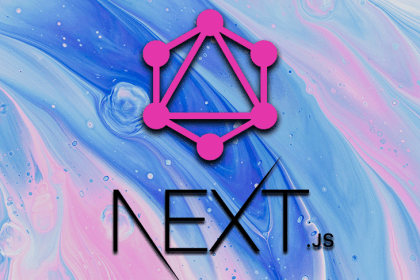
Learn how to use API routes to set up a GraphQL API within a Next.js app.
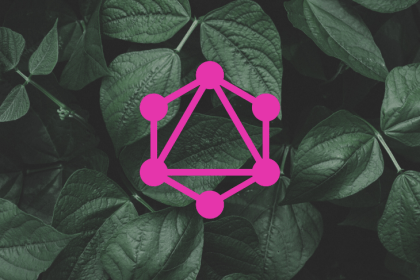
You won’t read much about them in the countless blog posts about GraphQL scattered across the web, but directives are among the most powerful features of the popular query language.
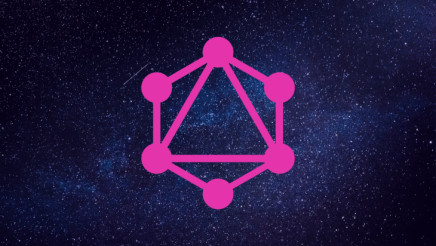
This post gives you a few tips to optimize security and performance in your GraphQL applications.
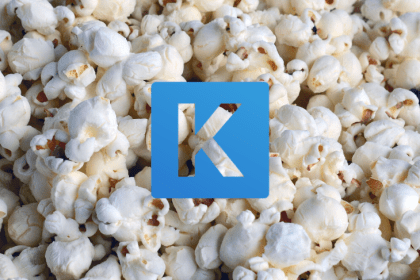
Learn how to build a movie rating app with Keystone.js, a flexible CMS with GraphQL support that enables you to quickly define schemas and integrate with PostgreSQL and MongoDB.
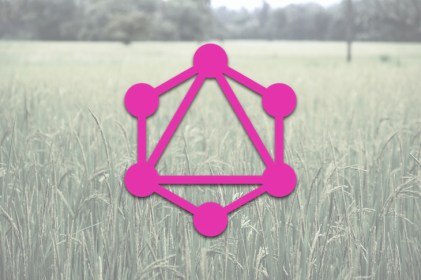
Unlike REST, GraphQL supports both versioning and evolution as methods to handle breaking changes.